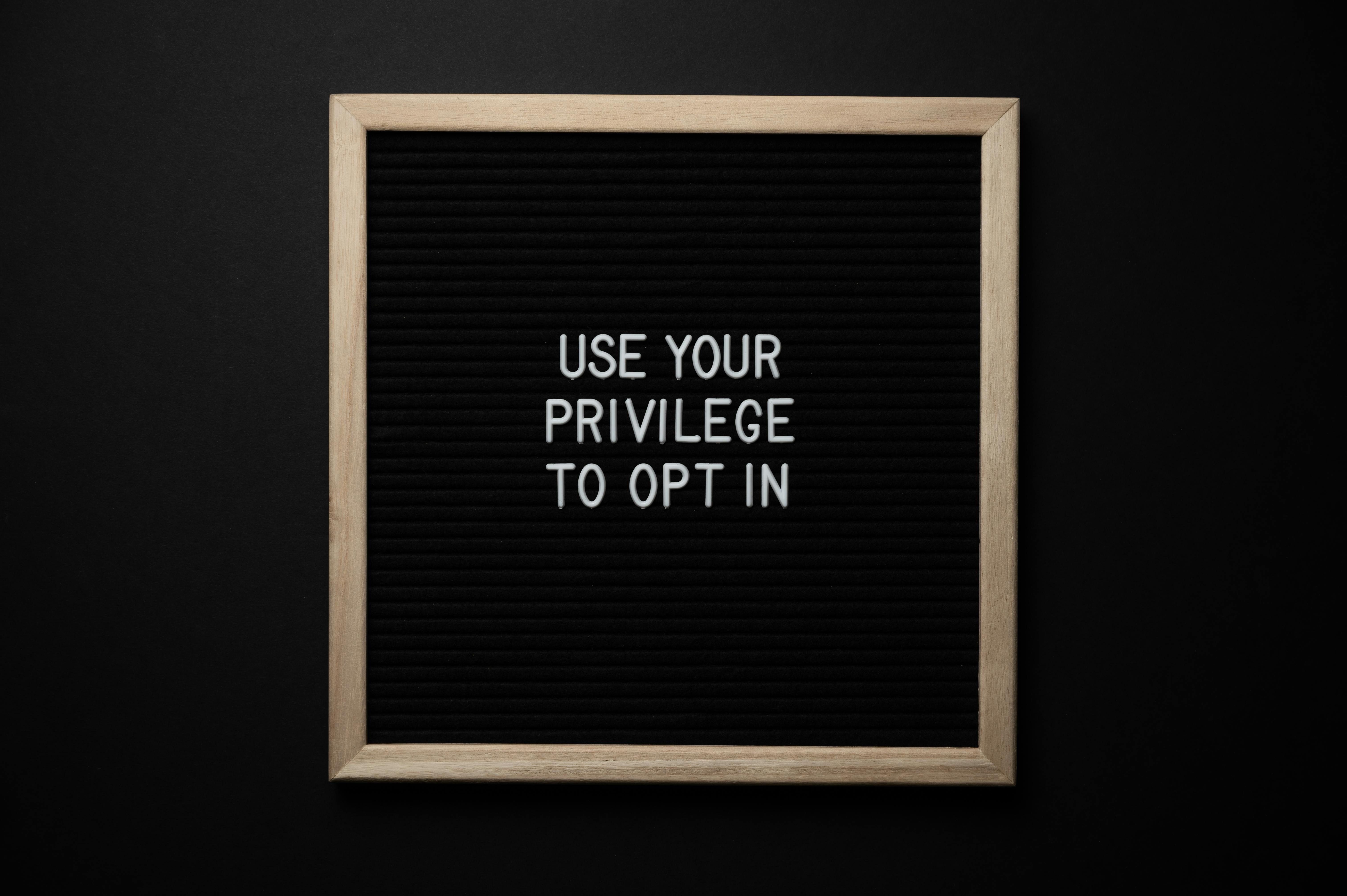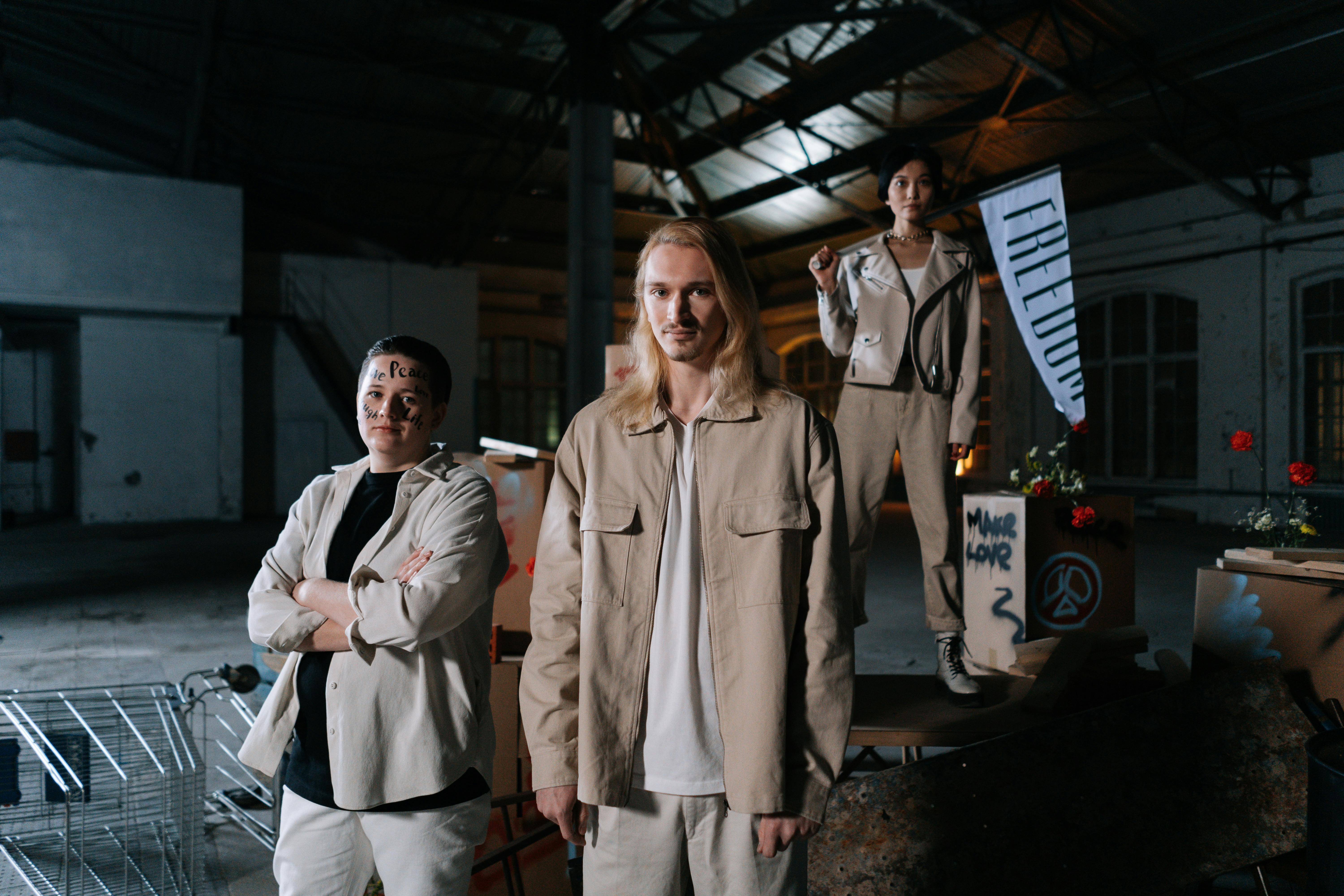Attractiveness of color in advertising
The colors you use for an ad are more important than the actual wording of the ad. The reason for this is that the colors (and graphics) grab the attention of consumers and then make them read your ad. According to psychology.about.com, “Psychologists have suggested that color printing may account for 60% of the acceptance or rejection of that product or service.”
Each color has different meanings for different cultures. For advertising purposes, it is extremely important to design your ads in a way that appeals to your target market. Try to choose colors that complement the message you are sending to your consumers.
Red
Red is a color that symbolizes action, warmth, power, aggression, excitement, drama, fire, blood, passion, love, danger, anger, and heat. It is a highly visible color that will always turn heads. Red will also stimulate various emotions.
Stop signs have trained us to stop and look when we see red. So it’s natural to want to stop and look at a red billboard.
Studies show that people in casinos play more in red rooms than in rooms with any other color. Red is also a good color for car sales, pet stores, pasta shops, pizzerias, and restaurants.
However, the color red is not recommended for medical businesses because it indicates ill health, blood, and emergencies. Red is also the color that accountants use to show that they have negative cash flow.
orange
Orange is a fun and vibrant color. Improves mental clarity, promotes warmth and happiness. Orange also increases the flow of oxygen to the brain. Satisfaction, fertility and health are qualities that are also associated with orange.
The color orange can help make an expensive product appear more reasonably priced. It’s the perfect color for products that appeal to a wide variety of people.
Orange is an appetite stimulant. It’s a good color choice for vitamin stores, Mexican restaurants, nightclubs, and products targeting Latinos and French.
Yellow
Yellow is a perfect color for sunny, happy, bright, cheerful, playful, calm and optimistic ads. Ideal for flower shops, sweet shops, toy stores, amusement parks and discount stores.
Yellow is the first color processed by the eye. It is also the most visible color to the human eye. That’s why it grabs attention faster than any other color.
Yellow is also a color of caution. Most yellow traffic signals warn drivers of a problem on the road or with oncoming traffic. This is just another reason why yellow grabs our attention so quickly.
Green
Green symbolizes life, nature, the environment, youth, money, renewal, hope, and power. It is a color that calms people down, reduces pain and makes us feel safe.
Because green lights have conditioned us to move forward or into places, it makes us feel welcome. This is a great quality for any product or service.
Greenish-yellow is not a suitable color for food advertisements because it depresses the appetite.
Light green calms people down. That is why most of the walls in prisons, schools, waiting rooms and hospitals are light green.
Green is a great color for financial advisors, banks, and accountants because it indicates money. It’s also good for outdoor products because it gives consumers a natural outdoor feel. The color green can be used for greenhouses, vegetable stands, landscaping, and farmers because it signals life.
Blue
Blue makes people feel calm, relaxed, calm, peaceful, wise, loyal, and trustworthy. Help people to accept themselves and solve their problems.
The blue color also helps to increase productivity.
On the other hand, the color blue can also symbolize sadness and depression. Since most foods are not blue, the color blue is an appetite suppressant that can help people lose weight.
Blue is definitely the most popular color for both men and women. Several well-known corporations use blue in their logos. It is an excellent color choice for travel agencies, pool companies, massage therapists, doctor’s offices, pharmacies, medical providers, motels, psychologists, and weight loss centers.
Purple
Purple is a sophisticated, creative, luxurious and rich color. It is also associated with royalty. A bluish shade of purple tends to create mystery, while a reddish shade of purple is sensual and creative. Purple with a red tint will draw more attention.
Purple is hard for some people to see (mainly men). However, it is a great color for artists, fancy restaurants, clothing stores, bookstores, art galleries, nightclubs, magicians, photographers, country clubs, golf courses, jewelry stores, beauticians, and fortune tellers.
Brown
Brown symbolizes coffee, wood and products in earth tones. It is a reliable, solid, strong, mature and comfortable color. Brown is now considered a rich, robust color.
Brown is an excellent color for hardware stores, cafeterias, craft stores, herbal stores, health food stores, men’s haberdashery, cabinet making, western stores, contractors, watch and wood shops.
Black
Black symbolizes power, prestige, elegance, style, reliability, simplicity and sophistication. The color black has more to do with attitude than anything else. It is a fashionable color that keeps consumers up to date with technology. It is also a very informative color.
Black used to be seen as the color of death, witches, demons, and evil. However, this perception is waning.
Black is a great color choice for music stores, accountants, lawyers, electronics stores, and tire stores.
White
White symbolizes purity, cleanliness, virtue, innocence, and freshness.
The color white is an excellent choice for bridal shops, weddings, religious groups, day care centers, medical facilities, wineries, dentists, caterers, bakeries, museums, historical sites, bed and bath stores, dry cleaners, and cleaning services.
Be careful, because white is the color of death, and mourning is China, Japan, and other Middle Eastern countries.
Once you’ve selected the right colors for your business, be sure to find out which colors effectively complement your color choice.



Recent Comments